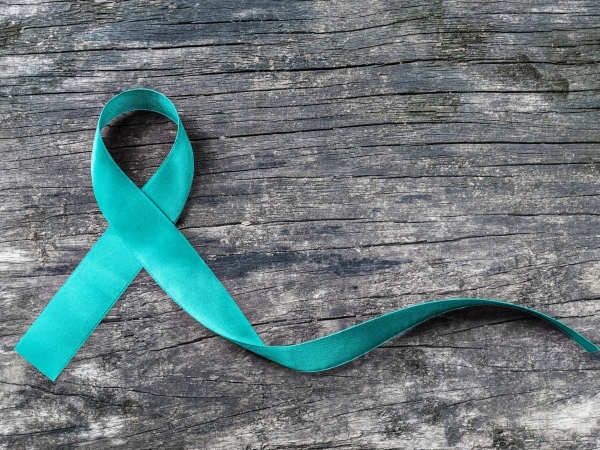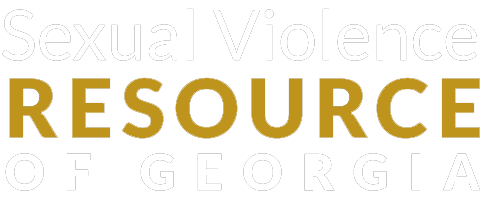
Sexual violence is a serious public health, mental health, social, and public safety problem in the United States. Research and evidence-based practice reveals sexually-based violence affects individuals throughout their lifetimes and remains a profoundly under-reported, and often misunderstood, violent victimization.1
In the United States:
-
About 1 in 3 women and nearly 1 in 6 men experience some form of contact sexual violence during their lifetime.
-
Nearly 23 million women and 1.7 million men have been the victims of completed or attempted rape at some point in their life.
-
In the U.S., more than 27% of women and 11% of men have experienced contact sexual violence, physical violence, and/or stalking by an intimate partner in their lifetime and experienced intimate partner violence related impact.2
-
Out of every 100 rapes, only 32 are reported to law enforcement. Of those reported, 7 lead to an arrest, 3 are referred for prosecution and only 2 offenders will spend time incarcerated as a result.3
The Georgia Criminal Justice Coordinating Council began the Georgia Sexual Assault Response Team (SART) Project in 2015. Our ultimate – and admittedly ambitious – goal is to create a unified, consistent, comprehensive, and compassionate approach in how we, as Georgia’s criminal justice professionals, respond to crimes of sexual violence in our communities.
This website, the SART Guide and the State Expert Committee are initiatives from the project. We invite and encourage all professionals throughout the state who respond to instances of sexual violence to utilize the information and resources provided here to analyze and improve upon their response to sexual assault. Together, we can increase the collaboration and effectiveness of sexual assault responses, while decreasing the trauma experienced by survivors.
